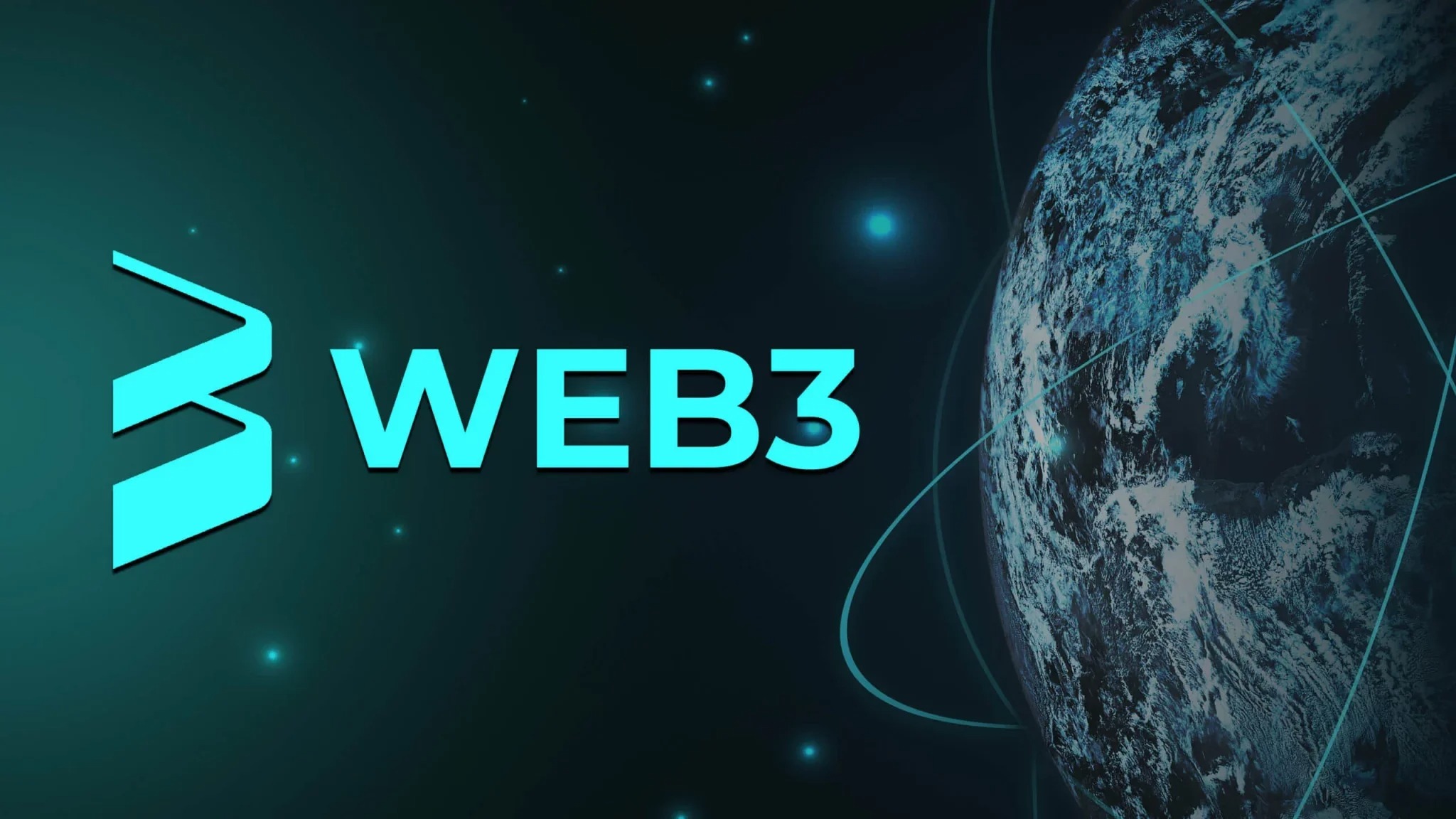What is Web3?
Web3, also known as the decentralized web, is a new iteration of the internet that aims to give users more control over their data and online interactions. Built on blockchain technology, Web3 is a response to the centralized control of platforms like Google, Facebook, and Amazon.
Key Features of Web3
- Decentralization: Web3 eliminates intermediaries, allowing users to interact directly with each other without a central authority.
- Blockchain Technology: It uses blockchain to ensure transparency, security, and immutability of data.
- Ownership and Control: Web3 empowers users to own their data, identity, and online transactions.
- Smart Contracts: Self-executing contracts that automate processes and ensure trust between parties without needing third-party validation.
Applications of Web3
- Decentralized Finance (DeFi): Web3 is revolutionizing finance with decentralized platforms for lending, borrowing, and trading without intermediaries like banks.
- Non-Fungible Tokens (NFTs): Web3 enables the creation, sale, and ownership of unique digital assets like art, music, and collectibles.
- Decentralized Autonomous Organizations (DAOs): Organizations governed by smart contracts that make decisions based on decentralized voting.
Challenges in Web3
- Adoption: The transition from Web2 to Web3 is still in its early stages, and mainstream adoption remains a challenge.
- Regulation: The lack of clear regulatory frameworks for Web3 technologies like cryptocurrencies and NFTs has led to legal uncertainties.
- Scalability: Web3 applications still face scalability issues, particularly regarding transaction speed and costs on blockchains like Ethereum.
The Future of Web3
Web3 has the potential to revolutionize how the internet operates, making it more user-centric, secure, and transparent. As the technology matures, it could reshape industries like finance, gaming, social media, and even governance.

Leave a Reply